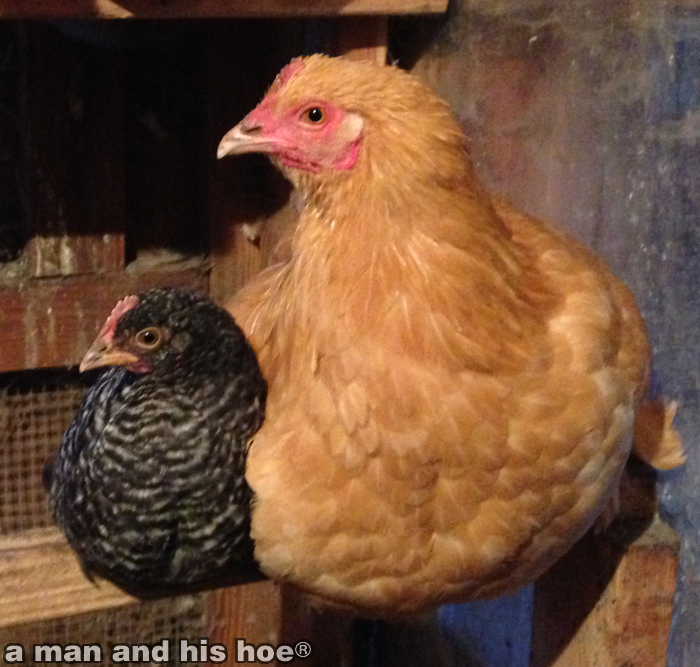
The tide has turned. The days are no longer getting shorter. In four days, the day will be a minute longer, and next Monday, the day will be three minutes longer. Bit by bit, the sun is returning.
Fitting for a momentous day like today, there was a pullet egg among the eggs today. A young hen has started laying eggs. It’s always a pleasant surprise to find these small, precious eggs.


Still on my hunt for fresh eggs in supermarkets, I checked the eggs at the nearest Safeway. The freshest were packed 7 days ago, so they are probably 9 to 10 days old. The least fresh were packed 37 days ago, supposedly “Farm Fresh Egg-land’s Best”! Five week old eggs don’t sound very “Farm Fresh” to me. I guess they were fresh on the farm when they were first laid.
The way to tell when the eggs were packed, is by the 3 digit packing date usually found on the side of the carton. You’ll see them on the photo above. They range from 319 to 349 on the Safeway eggs I photographed today. The 4 digit numbers before or after the pack date are the numbers of the packing plant number. For example:
- Plant 1951 on the Egg-land’s Best eggs is Rainbow Farms in Denair, California.
- Plant 1104 is Egg Innovations in Warsaw, Indiana.
- Plant 1143 is National Food Corporation in Stanwood, Washington.
- Plant 1260 is Skylane Farms in Woodburn, Oregon.
- Plant 1452B is Briarwood Farms in Rochester, Washington.
You’ll often find the same packing plant number of different brands of eggs. For example, in the Safeway eggs, you’ll see that many of the eggs come from Briarwood Farms, even though they’ll have very different labels on them. It can be that different farms use the same egg packing plant, or the identical eggs get packed under different labels. Looking at the plant information, you can get an idea of how far your eggs have traveled.





